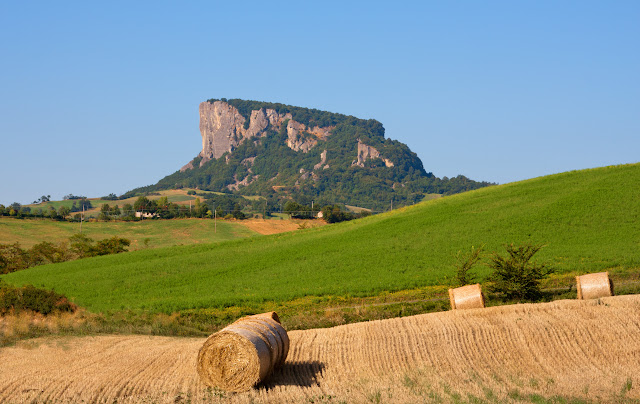Discover the complexity of Italian Rosato wines - Gropello, Montepulciano, Negroamaro, and Nerello Mascalese - and why they surpass Provence Rosé
Rosato is the Italian term for rosé wine, which can be made from various red grape varietals. Among Italy's most popular grape varieties used for Rosato production are Gropello, Montepulciano, Negroamaro, and Nerello Mascalese.
Gropello is a red grape variety grown mainly in the Lombardy region of northern Italy. It produces wines with good acidity, moderate alcohol, and a delicate aroma. Gropello rosato is typically light-bodied, crisp, and refreshing, with red berries and citrus notes.
Negroamaro is a red grape variety grown primarily in the Puglia region of southern Italy. It is known for producing wines with a deep color, high tannins, and moderate acidity. Negroamaro rosato is typically medium-bodied, with flavors of red berries, herbs, and a hint of bitterness on the finish.
Nerello Mascalese is a red grape variety grown on the slopes of Mount Etna in Sicily. It produces wines with a light color, high acidity, and moderate tannins. Nerello Mascalese rosato is typically light-bodied, with flavors of red berries, herbs, and a mineral character.





Comments
Post a Comment